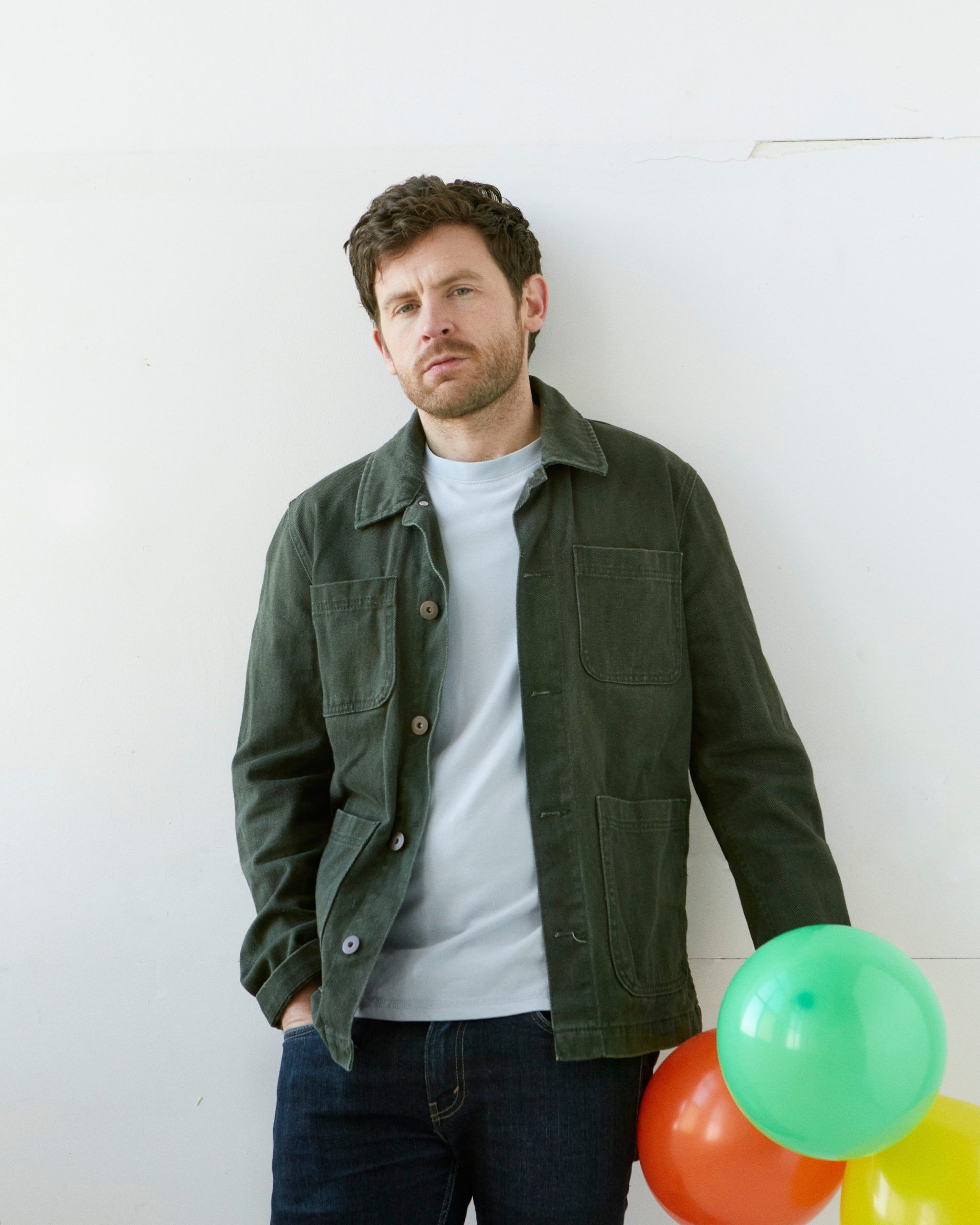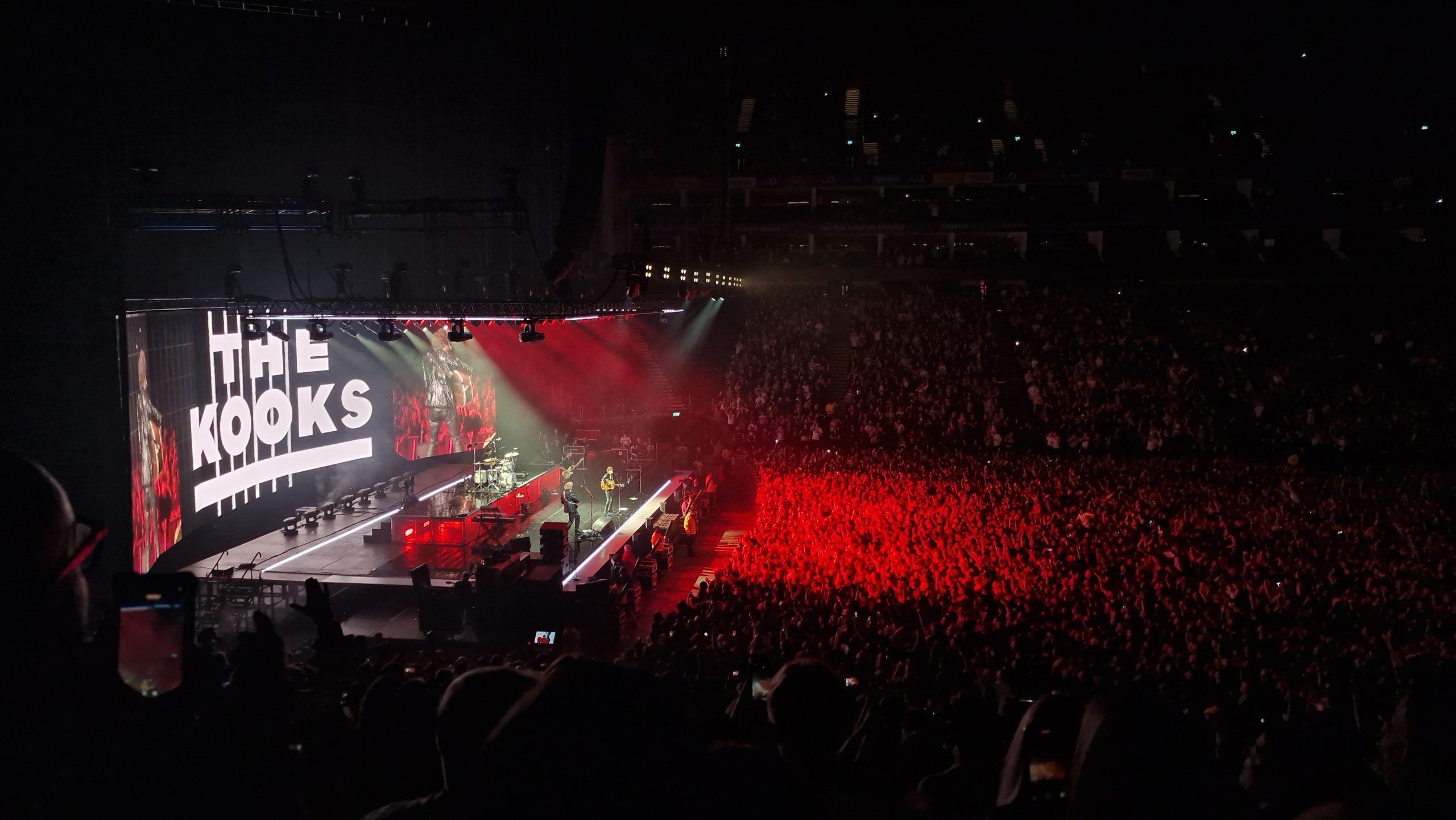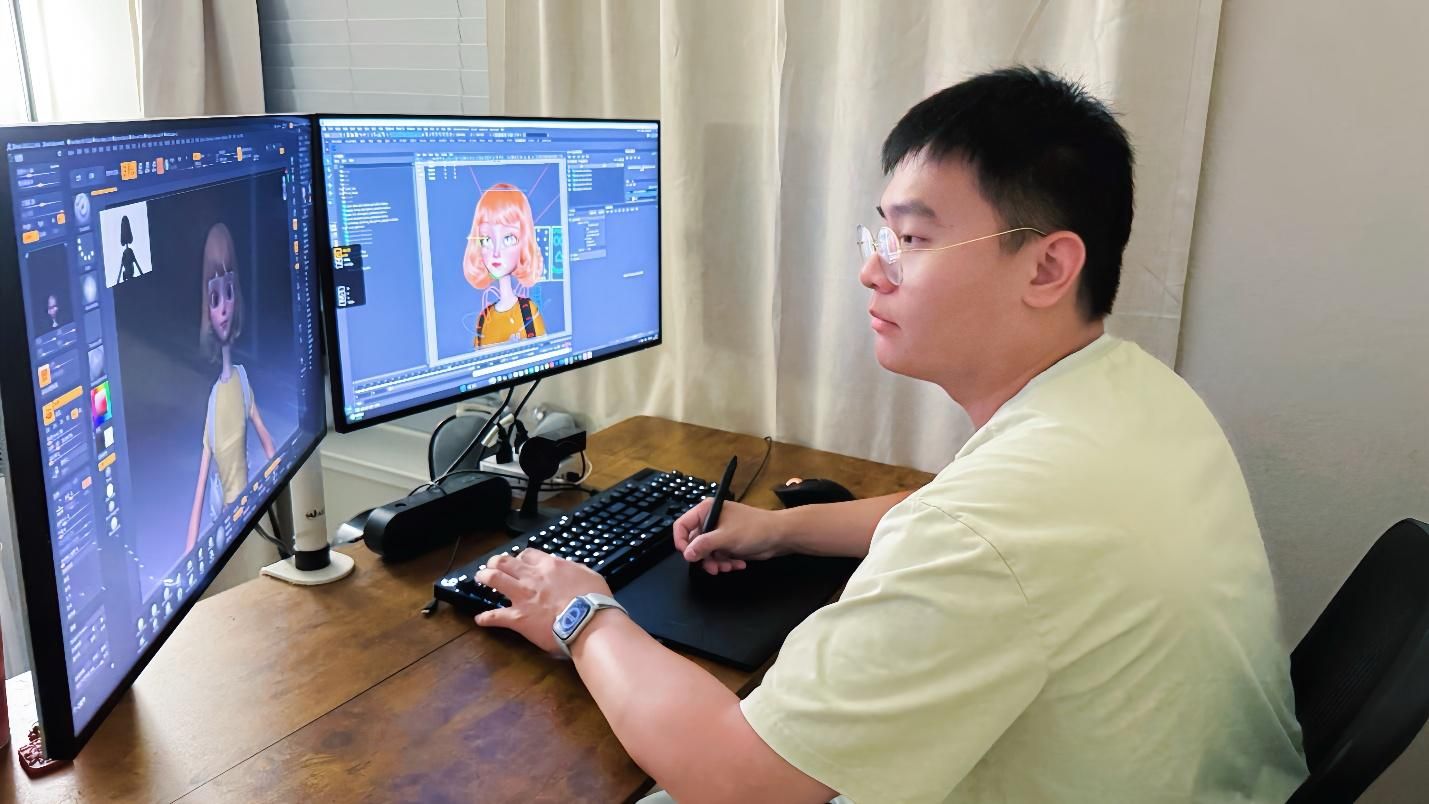
Guanwen Wang has emerged as a formidable talent in the global computer graphics (CG) landscape. Based in Cupertino, California, he is a 3D Character Artist, VFX Director, and CG Instructor whose career is marked by technical precision and an ability to weave profound emotional narratives into his work. With advanced training from the Savannah College of Art and Design (SCAD) and notable contributions across feature films, AAA games, and award-winning short films, Wang consistently exemplifies a level of excellence that spans various visual pipelines.
Wang’s artistic journey is supported by both high-level academic credentials and industry accolades, solidifying his place in the realm of 3D artistry. His early achievements included the National Scholarship from China’s Ministry of Education, awarded to the top one percent of students nationwide, which underscored his dedication to his craft. More recently, he earned the Excellence Award at The Rookies 2024, a recognition that reflects his competitive standing on a global scale.
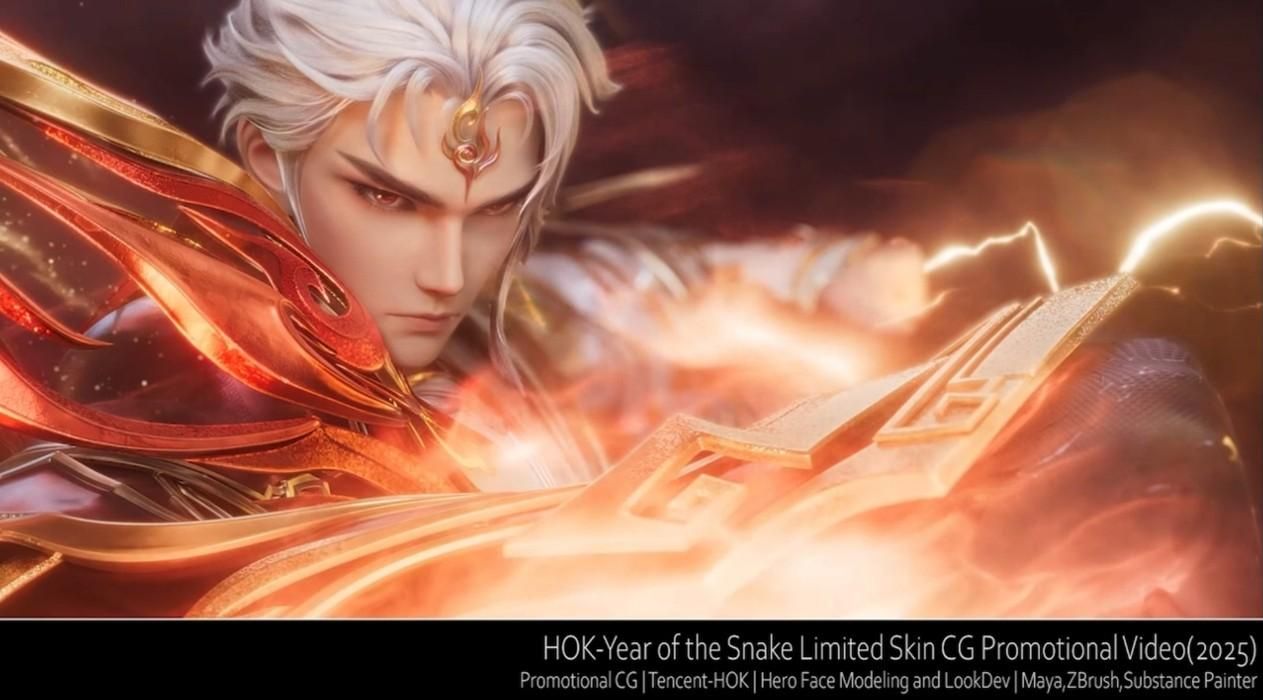
Receiving Rank A ratings in both Visual Effects (VFX) and Game Development categories at The Rookies was particularly noteworthy. This distinction showcased Wang’s ability to balance the high-fidelity artistry needed for pre-rendered film sequences with the optimization and efficiency required for real-time gaming applications. A prime example of this unique dual proficiency is his personal project CG recreation of Edmund Blair Leighton’s painting “The Accolade.” This work serves as both a production-ready game asset, featuring clean topology and optimized UVs, and as a cinematic tableau, utilizing XGen for hair simulation and Nuke for compositing. By successfully merging real-time creation with cinematic ambition, Wang demonstrates the artistry inherent in modern CG.
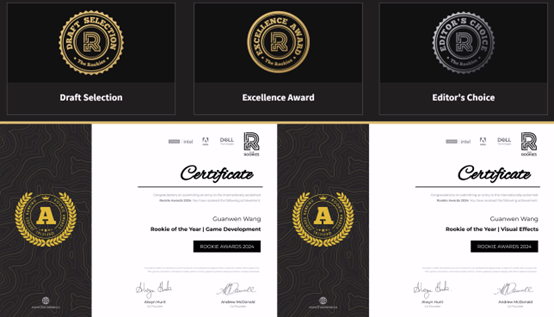
Wang’s contributions to major international projects highlight his ability to manage complex, high-stakes assets. His first feature film credit was for the Korean film Steel Rain 2, where he independently created the 3D model and textures for a hero military aircraft. This asset was pivotal to the film’s narrative and required Wang to achieve an unparalleled level of photorealism. He meticulously balanced structural accuracy derived from blueprints with polygon efficiency, ensuring that the aircraft appeared authentic during cinematic close-ups. Wang enhanced the model with micro-details such as dirt streaks and heated metal discoloration, creating an asset that felt both technically credible and narratively impactful.
Wang’s role as a 3D Character Artist for Tencent’s Honor of Kings CG trailer further underscores his expertise. The protagonist, “Lan,” reached tens of millions of users globally. To connect with such a vast and diverse audience, Wang focused on emotional authenticity. He crafted the facial topology with precise edge flow around critical areas, such as the eyes and mouth, enabling animators to deliver nuanced expressions. For the intricate hair and fur grooming, he developed a hybrid workflow that combined naturalistic strand flow with layered simulation passes. This approach ensured that the hair not only flowed elegantly at rest but also reacted dynamically during action sequences, resulting in a character that was both visually stunning and emotionally engaging.
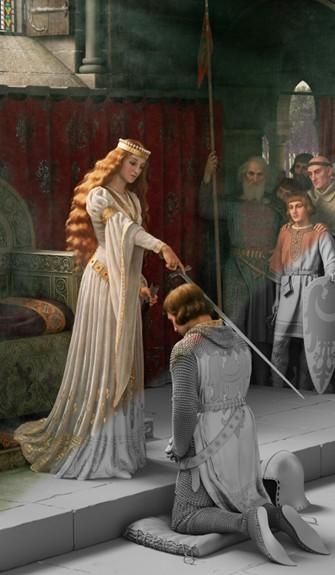
Wang’s creative influence extends into directorial and supervisory roles, as evidenced by his work as the VFX Director for the short film Run, Let’s Run, which premiered at the Beijing International Film Festival and received multiple awards. In this role, he leveraged his expertise in character artistry to oversee the entire visual pipeline. Wang guided his team in crafting atmospheric elements, including fog simulations that revealed and concealed characters at pivotal narrative moments, showcasing how his background in character work can enhance the visual storytelling of an entire film.
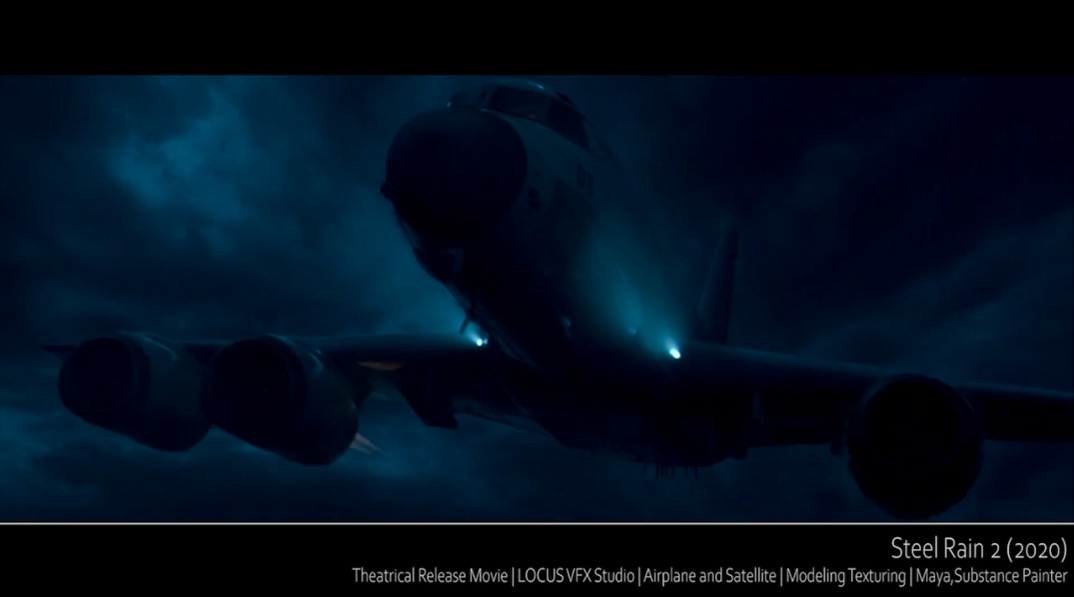
In addition to this, Wang directed and animated his original short film Dragon, which has attracted over 300,000 online views and serves as a reference for animation students. This project was born from his desire to reinterpret the timeless symbolism of the dragon in Chinese mythology through contemporary CG techniques.
Wang’s commitment to cultural storytelling is a defining aspect of his artistic vision. He aims to use 3D art as a medium to share Chinese cultural heritage—such as the Dunhuang murals—with a global audience. His approach involves extensive research to ensure authenticity, followed by a process of visual abstraction. Rather than replicating these cultural elements literally, he extracts their essence—the flowing rhythm of drapery and serene expressions—and reinterprets these through modern CG techniques, achieving a hybrid aesthetic that is deeply rooted in Chinese culture yet universally relatable.
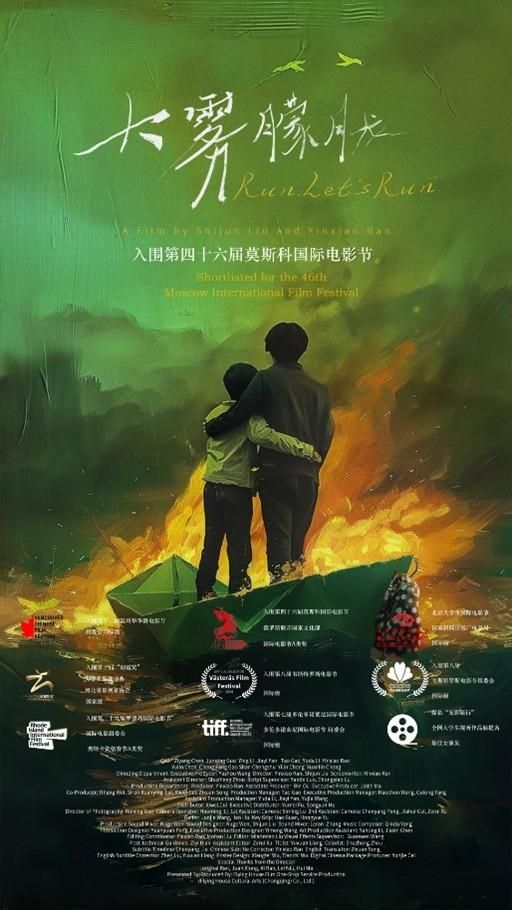
Since 2020, Wang has been an Instructor at AboutCG, where he plays a pivotal role in nurturing the next generation of artists. His course, High-Quality CG Still Frame Case Tutorial, emphasizes pipeline integration, teaching students how modeling decisions influence texturing, rigging, and rendering. This focus on technical rigor, coupled with creative sensitivity, is a hallmark of his professional approach.
Whether he is balancing the technical demands of a real-time game asset or striving for the utmost visual fidelity in a cinematic sequence, Guanwen Wang’s work is characterized by the conviction that technical accuracy serves to enhance emotional connection. He continues to blend hands-on artistry with leadership and mentorship, solidifying his reputation as a respected and influential figure in the international CG industry.
You can follow Guanwen Wang on his social media at:
- IMDb: https://www.imdb.com/name/nm17611104/
- LinkedIn: https://www.linkedin.com/in/guanwen-wang-941662172/
- ArtStation: https://www.artstation.com/wgwkev1nwgw
- Personal Website/Portfolio: https://wgw289199113.wixstudio.com/my-site
- AboutCG Instructor Page: https://www.aboutcg.org/courseDetails/1599/introduce
- Instagram:https://www.instagram.com/kev1ngw/
By Sherry Lee

